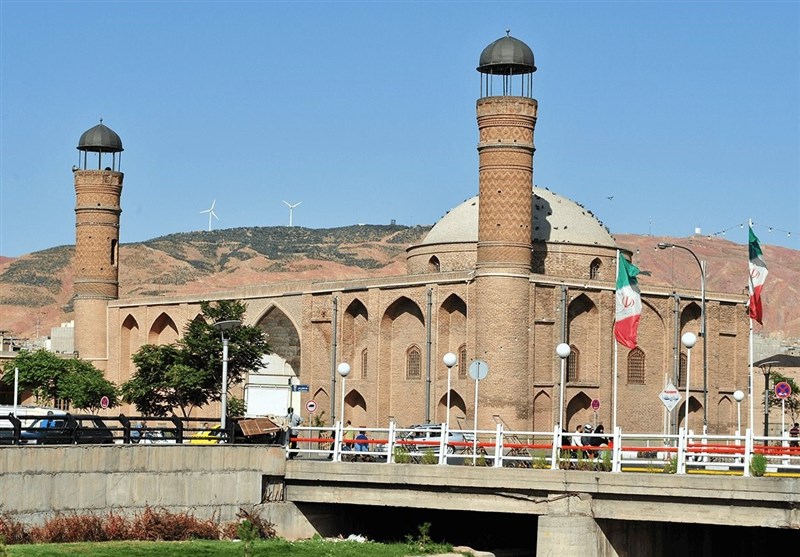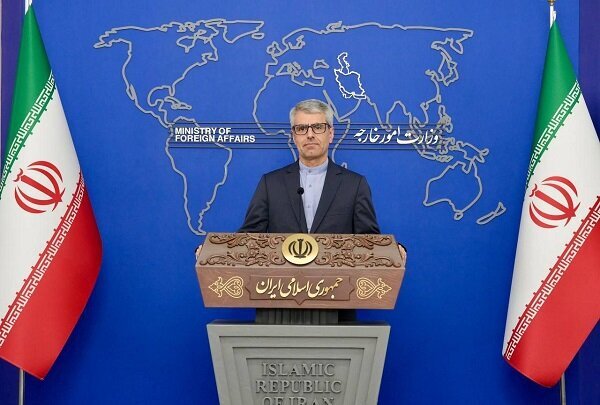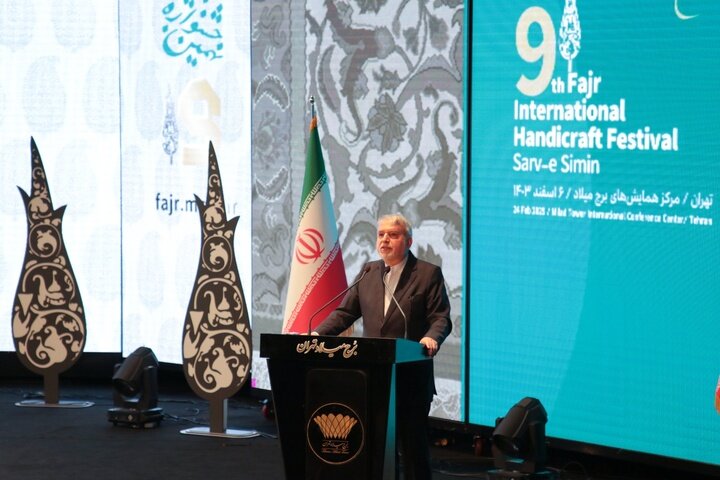Discover the Stunning Saheb Alamr Mosque: A Jewel of Tabriz, Iran
The Sahebol-Amr Mosque, a stunning architectural gem located in Tabriz, East Azarbaijan, is a significant historical site that attracts tourists and history enthusiasts alike. With its impressive dome and two towering minarets, this mosque stands as a testament to the rich cultural heritage of Iran. In this article, we will delve into the fascinating history of the Sahebol-Amr Mosque, highlighting its construction, destruction, and subsequent restoration.
The origins of the Sahebol-Amr Mosque date back to 1636, when it was constructed under the auspices of the Safavid king, Tahmasp I (Shah Tahmasb-e Avval). Situated on the east side of Saheb Abad Square in Tabriz, the mosque was an important center for the community. However, its existence was threatened when the Ottoman ruler Murad IV invaded Tabriz in 1638, leading to the mosque’s destruction.
Following the liberation of Tabriz by Iranian forces, efforts were made to rebuild the mosque. Unfortunately, the new structure faced further adversity when a devastating earthquake struck the region shortly after its completion. This natural disaster caused significant damage, prompting a comprehensive reconstruction of both the mosque and the surrounding square.
The restoration project was led by the skilled architect Goli Khan Danbali, who worked diligently to restore the mosque to its former glory. Over the years, the Sahebol-Amr Mosque has undergone several renovations, ensuring its preservation for future generations.
Interestingly, the site of the Sahebol-Amr Mosque holds historical significance beyond its Islamic heritage. In ancient times, it served as a temple for Mithraism, a religion that predates Islam and was practiced in the region. This rich tapestry of history adds depth to the mosque’s significance as a cultural landmark.
Today, the Sahebol-Amr Mosque is not only a place of worship but also a center for cultural enrichment. Visitors can explore the calligraphy and Quran museum that has been established within its walls, showcasing exquisite examples of Persian calligraphy and the Quran’s significance in Islamic culture.
- Architectural Features: The mosque’s dome and minarets are striking examples of Islamic architecture, drawing visitors from around the world.
- Historical Significance: The mosque’s tumultuous past reflects the broader historical context of Tabriz and its strategic importance in regional politics.
- Cultural Hub: The calligraphy and Quran museum provides insights into Persian art and the Islamic faith.
Visitors to Tabriz should not miss the opportunity to experience the beauty and history of the Sahebol-Amr Mosque. Its architectural splendor, combined with its rich historical narrative, makes it a must-visit destination for anyone interested in Iran’s cultural heritage.
In conclusion, the Sahebol-Amr Mosque stands as a symbol of resilience and artistic achievement. From its initial construction to its current status as a cultural and religious center, the mosque continues to inspire awe and reverence. As tourism in Iran continues to grow, the Sahebol-Amr Mosque remains a shining example of the country’s rich history and architectural prowess.






